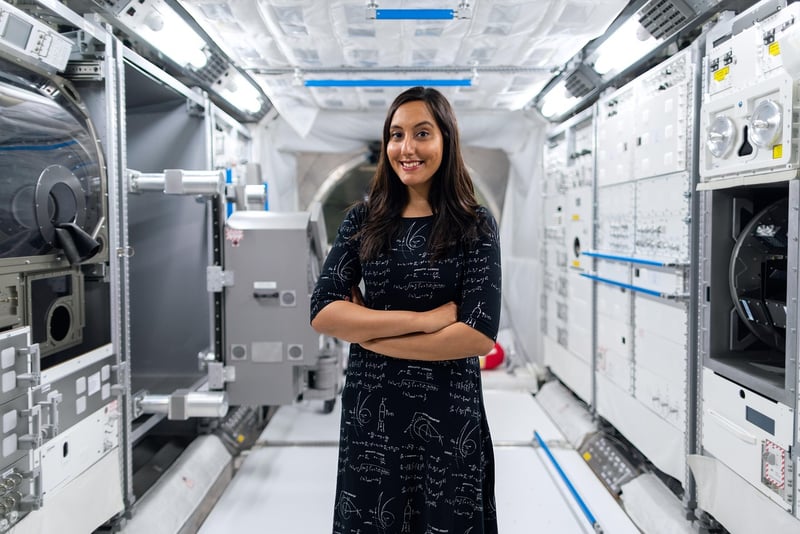Spacecraft Innovation
The Future of Space Travel: Cutting-Edge Advancements in Spacecraft Innovation

Introduction
Space exploration has always been at the forefront of human innovation and curiosity. In recent years, significant advancements in spacecraft technology have revolutionized the way we explore the cosmos. Let's delve into some cutting-edge developments that are shaping the future of space travel.
1. Ion Propulsion Systems
Ion propulsion systems are a game-changer in spacecraft technology. By using electric power to accelerate propellant, these systems offer higher efficiency and speed compared to traditional chemical rockets. This technology enables spacecraft to travel further into space with less fuel, opening up new possibilities for deep space exploration.

2. Reusable Rockets
Reusable rockets have transformed the economics of space travel. Companies like SpaceX have pioneered the development of reusable rocket technology, significantly reducing the cost of launching payloads into space. This innovation has made space missions more affordable and sustainable, paving the way for a new era of space exploration.

3. Autonomous Navigation Systems
Autonomous navigation systems are crucial for the success of long-duration space missions. These advanced systems allow spacecraft to navigate and make decisions independently, reducing the need for constant communication with Earth. By incorporating artificial intelligence and machine learning, spacecraft can adapt to changing conditions in space, making exploration more efficient and reliable.

Conclusion
The future of space travel is filled with exciting possibilities, thanks to cutting-edge advancements in spacecraft innovation. From ion propulsion systems to reusable rockets and autonomous navigation, these technologies are reshaping the way we explore the universe. As we continue to push the boundaries of space exploration, one thing is clear – the future looks brighter than ever before.
Explore more about spacecraft innovation and stay updated on the latest developments to witness the next giant leap in human space exploration!
